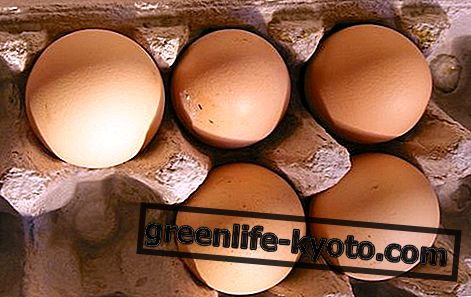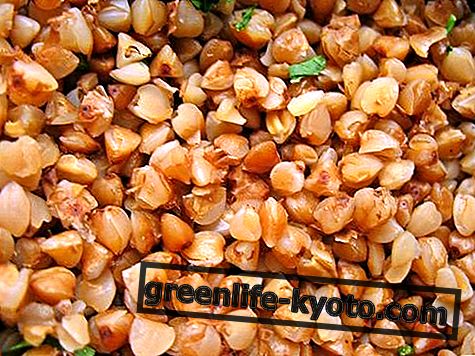Natural childbirth is the normal conclusion of pregnancy. In the human species, the pregnancy lasts on average 38 weeks and, since conception takes place immediately after ovulation, which usually occurs around the fourteenth day of the cycle, the calculation of the birth is performed calculating 40 weeks starting from the last day of menstruation. To understand how natural childbirth occurs, we can identify three main phases : cervical phase, dilating phase and expulsive phase. Let's find out better.
>
>
>
>

Cervical phase of natural childbirth
The cervical period begins with the onset of labor and ends with complete maturation of the cervix. The duration of this phase is very variable and may depend on several factors. Usually in women who give birth for the first time, it is longer; it is difficult to establish an exact duration but, roughly, the neck, in primiparae, generally takes 24 hours to change and prepare for the passage of the child; in women who have already given birth, it is shorter and lasts, on average, about half.
At the beginning of labor the contractions are irregular, for intensity and duration, and not very painful, only to become more and more close, intense and regular, therefore effective, that is able to modify the cervix. The contraction is associated with the descent of the head of the fetus ; as a consequence the maturation of the uterine cervix takes place and the woman's body prepares for the actual birth. The birth canal changes, the cervix s flattens and becomes softer.
Labor can be preceded or accompanied by various signs: for example, there may be a small loss of blood mixed with mucus or premature rupture of the water. If the waters break and the labor has not yet begun after 24 hours, usually the induction of childbirth is used because the risk of infections, after breaking the membranes, is higher.
Dilating phase
It is the active phase of labor . The contractions become more frequent, close and intense and the pain also extends to the lumbar area. All the energy of contraction of the uterus is discharged on the cervix, causing it to expand further.
The canal's dilation speed is very variable and depends on many factors but above all on the degree of softness of the cervix: the softer the neck, the faster the dilation will be. In general, however, wishing to average, the neck expands at about one centimeter per hour in primipara, while in women who have already given birth it is usually faster.
When the dilation is complete, ie around 10 centimeters, the membranes break, if this has not already occurred previously.
Discover also how to live the pregnancy in a natural way
Expulsive phase
The expulsive phase coincides with the actual birth and this too can have a variable duration based on various factors. The contractions are much more intense, close and prolonged. They last about a minute and there is a distance of about one minute between each contraction.
During contraction, the parturient pushes, and during the pause between one contraction and the other she is invited to rest by breathing effectively. The child's head descends following the thrusts and is therefore the first to go out; after the head comes out the shoulders are disengaged, first one and then the other, and finally the rest of the body.
When the child is not in the cephalic position, that is when the presenting part is not the head, it is preferable to practice the cesarean section because the fetal risks connected to the delivery are very high.
Once the baby has escaped, the umbilical cord is severed and the uterus contracts and shortens. The placenta comes off and is gradually expelled together with the umbilical cord, possibly with the help of a massage by the midwife.
The pain of natural childbirth
One of the aspects that the pregnant woman fears the most when she thinks about natural childbirth is the pain associated with this event. First of all, it must be said that the pain of childbirth is subjective and is not the same for all; much depends on the duration and intensity of the labor and on how the expulsive phase proceeds. In part, therefore, it is a matter of luck; moreover, not everyone has the same perception of pain and the same resistance.
Several methods exist to alleviate the pain associated with natural childbirth; many hospitals, for example, offer the possibility of doing an epidural. On the other hand, those who want a less medicalized and more natural birth can resort to relaxation and breathing techniques that help control pain; currently autogenic respiratory training is very popular and even birth with hypnosis is spreading, albeit slowly.













